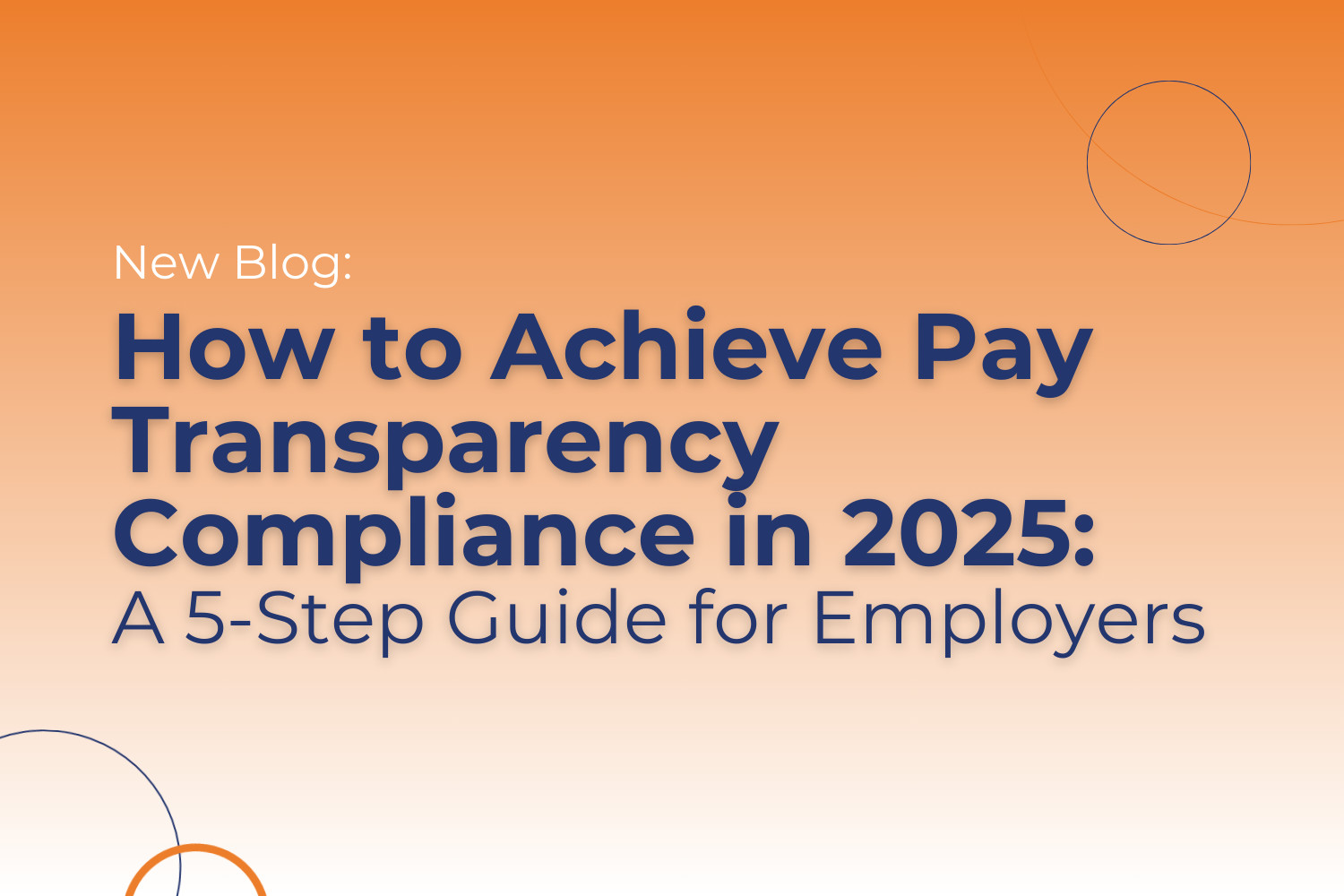Boosting Employee Retention Through DEI: 3 Best Practices
April 27th, 2022

As Americans quit their jobs at record rates, employers are struggling to survive The Great Resignation. Organizations may not know what steps to take next to improve employee retention, or their ability to land the talent they need. One powerful tactic many employers may not have considered: improve the organization’s diversity, equity, and inclusion (DEI) initiatives. Employers are likely to see a marked decline in resignation rates and stand out in the labor markets if they create work environments where everyone will feel a sense of belonging– regardless of sexual orientation, national origin, veteran status, socioeconomic status, etc. MP’s HR experts share three approaches employers should utilize to embrace diversity and inclusion in their culture and survive The Great Resignation.
3 Steps to Embrace DEI and Survive The Great Resignation
1. Improve DEI efforts when hiring.
A significant part of embracing diversity in company culture is how employers approach talent on the job market. Employers need to put more effort into hiring for diversity. Approaches to hiring for diversity are including, but not limited to:
- Slowing down and taking time to build new practices into the recruiting and hiring process.
- If the job description doesn’t require a higher degree, such as a BA or MA, remove it from the job description. Sometimes minority populations may not have the same access to education. Higher degrees may create a barrier to a diverse talent pool. Additionally, research has proven that higher degrees don’t always correlate to success in the workplace.
- Omit preferred (not required) qualifications from job posts, as they will dissuade many qualified candidates from applying.
- Ensure the organization is recruiting from a wider variety of schools, job boards, etc.
- Consider offering the opportunity for remote work. Especially if the organization’s office is based in very homogenous area, opening the job to remote candidates will make it easier to recruit more diverse candidates.
- Ensure your hiring process is completely accessible to people with disabilities.
- Train the hiring team on common biases.
- Develop an interview scorecard and schedule time for every hiring manager and team member to complete it immediately after meeting with candidates.
- Consider utilizing the “Rooney Rule,” which requires hiring committees to consider at least one diverse candidate for every open role.
2. Nurture DEI initiatives in company culture every day.
Employers that only implement DEI initiatives in one area of the organization won’t see results. Simply including it in hiring, for example, will still leave a company with an intolerant culture—even if they bring in new talent for underrepresented groups. Employers should consider training for the whole company surrounding biases and discrimination. Managers and leadership should consider diversity when conducting succession planning. Organizations could develop surveys to send out to employees and learn where diversity is lacking on a day-to-day basis. (MP’s Share & Perform tool assists with this task.) Employers should also implement policies for embracing diversity and promoting tolerance; and enforce them. If managers or coworkers witness microaggressions, they should immediately call them out and educate (and discipline, if necessary) the transgressor. Creating a truly inclusive company culture requires work every day, from every member of the team.
3. Utilize a more comprehensive definition of “diversity.”
Employers may be implementing some practices to recruit for diversity, but they may not be casting their net widely enough. Diversity refers to more than just the color of somebody’s skin, or even visual differences. A Harvard Business Review article stated that in a survey, less than half their respondents (47%) accounted for people with disabilities in their definition of diversity. In the same study, only 11% accounted for the LGBTQ+ community. These are the two major types of diversity and their subcategories:
Internal:
- Race
- Ethnicity
- Age
- National origin
- Sexual orientation
- Cultural identity
- Assigned sex
- Gender identity
- Physical ability
- Mental ability
External:
- Education
- Citizenship
- Appearance
- Religious beliefs
- Familial status
- Relationship status
- Socioeconomic status
- Life experiences
Recent Posts
- Pay Transparency FAQs: Salary Range Laws, Compliance Tips & Remote Worker Rules
- Why Your Accountant is Talking About Payroll and HR Tech, and Why You Should Listen
- Tools and Strategies for Fostering a Psychologically Safe Workplace
- Legal Responsibilities and the Role of Leadership in Mental Health Support
- Leadership’s Role in Supporting Employee Mental Health
Categories
- ACA (10)
- AI (6)
- BizFeed (6)
- Business Strategy (119)
- COBRA (5)
- Compliance (215)
- COVID-19 (92)
- Diversity (12)
- eBooks (19)
- Employee Engagement (33)
- Employee Handbooks (24)
- ERTC (29)
- FFCRA (7)
- HR (306)
- MP Insider (13)
- Payroll (135)
- PFML (9)
- PPP (24)
- PTO (5)
- Recruiting (53)
- Remote Work (39)
- Return to Work (32)
- Unemployment (1)
- Wellness (22)
Archives
- July 2025
- June 2025
- May 2025
- April 2025
- March 2025
- February 2025
- January 2025
- December 2024
- November 2024
- October 2024
- September 2024
- August 2024
- July 2024
- June 2024
- May 2024
- April 2024
- March 2024
- February 2024
- January 2024
- December 2023
- November 2023
- October 2023
- July 2023
- June 2023
- May 2023
- April 2023
- March 2023
- January 2023
- December 2022
- October 2022
- September 2022
- August 2022
- July 2022
- June 2022
- May 2022
- April 2022
- March 2022
- February 2022
- January 2022
- December 2021
- November 2021
- October 2021
- September 2021
- August 2021
- July 2021
- June 2021
- May 2021
- April 2021
- March 2021
- February 2021
- January 2021
- December 2020
- November 2020
- October 2020
- September 2020
- August 2020
- July 2020
- June 2020
- May 2020
- April 2020
- March 2020



